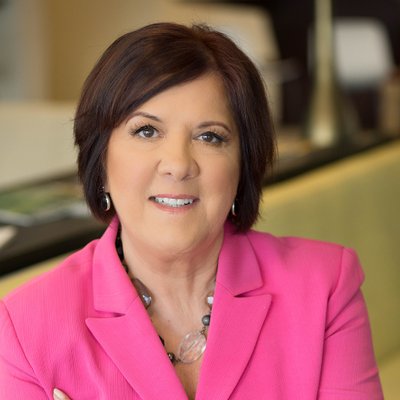It’s not too late for taxpayers to contribute to an Individual Retirement Account (IRA) or company-sponsored 401(k) plan before the 2017 tax filing deadline on April 17.
But this year, instead of funding an IRA after maxing out a 401(k), eligible taxpayers may want to consider funding a Health Savings Account (HSA), a savings account that offers more tax benefits than an IRA.
Business reporters can help their readers weigh the pros and cons of HSAs by looking at one or more of these angles:
Give your readers a tutorial on HSAs
Like IRAs, HSAs are tax-deductible and tax-deferred; unlike IRAs, however, HSAs are also tax-free when withdrawn, if used for medical expenses and qualified health insurance premiums. Singles who haven’t filed their 2017 income tax can save up to $3,400 in an HSA, married Millennials, $6,750, and those over 55 can sock away another $1,000.
One in three employees now have access to an HSA, according to the Employee Benefit Research Firm (EBRI), which tracks a database of 5.5 million of these accounts. HSAs are also available to individuals who fund their own high-deductible health plan.
HSA Enrollment increased by 16% from June 2016 to June 2017, according to HSA investment adviser Devenir. For more background information, also see “Frequently Asked Questions” from GetHealthInsurance.com Agency, Inc., an insurance agency that operates HSA.com and earlier reporting on business journalism.org.
Spread the news — HSAs favor younger workers
Health care costs in retirement have been growing above the rate of inflation since 2002, when investment adviser Fidelity began tracking the numbers. In 2018, a 65-year-old couple retiring in 2018 will need $275,000 (excluding long-term care) — $15,000 more than in 2017 — for deductibles, co-pays, and out-of-pocket costs.
These plans favor younger workers, who have years to save and invest, and those under 65 who aren’t collecting Medicare. Find a few readers, both single and married, and in both age groups, and ask them how they plan to cover health care costs in retirement. Ryan McCostlin, an expert on individual and family health care at the advisory firm Bernard Health, is a good source to interview.
Health savings vs. spending: Compare HSAs for your readers
About 100 HSA plans are available, but only one of the 10 evaluated by investment research company Morningstar, Inc. in June 2017 delivered positive results as both investment vehicles, to save for future medical expenses, and as a spending vehicles, to cover current medical costs. Another downside: Only 5% of accountholders invest their HSA funds, says Morningstar senior analyst Jake Spiegel (202-803-5284), which is critical to paying for health care expenses now and in the future.
Find readers with an HSA and ask them how and where they spend and invest money to get the conversation going on choosing the best HSA.









